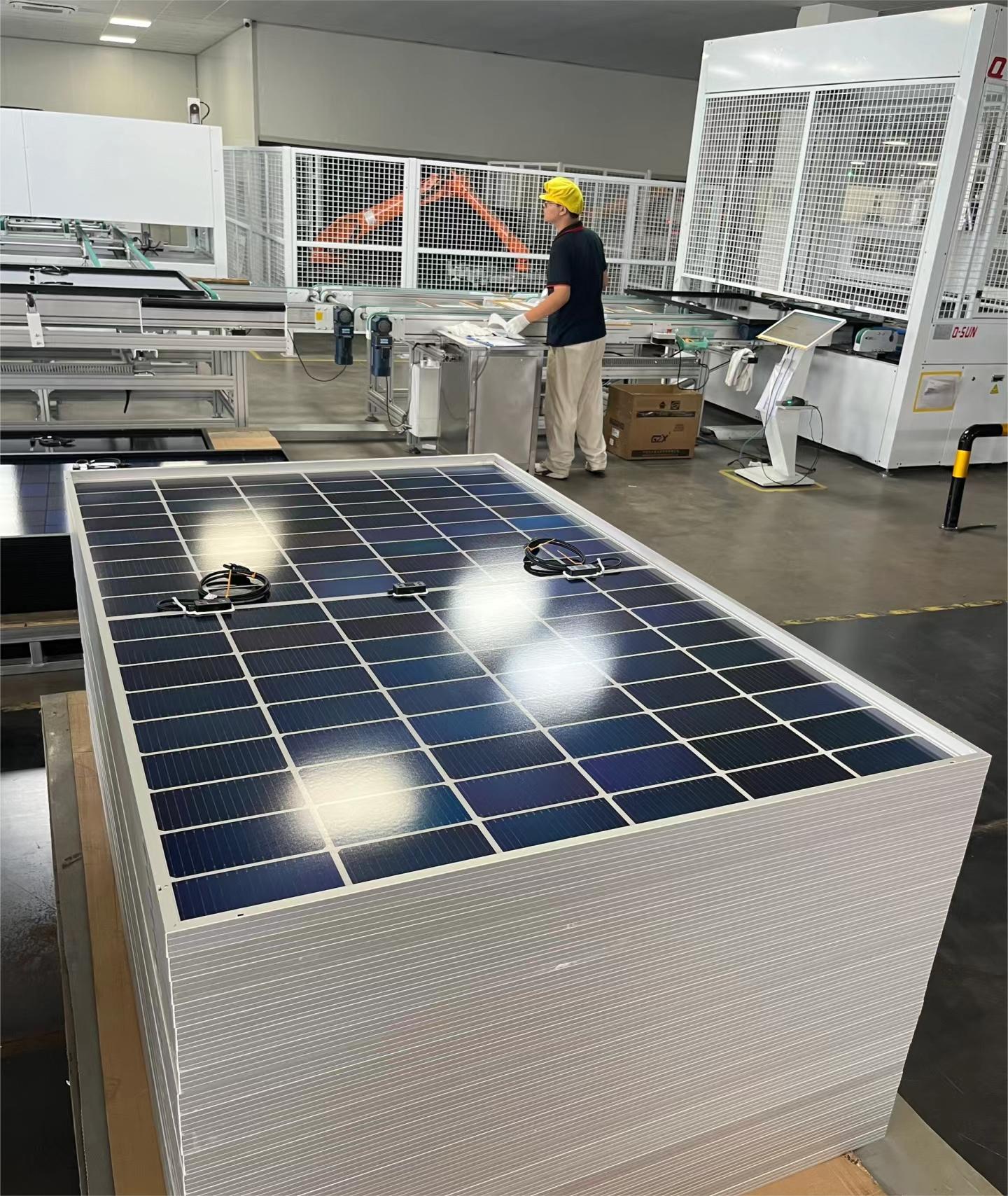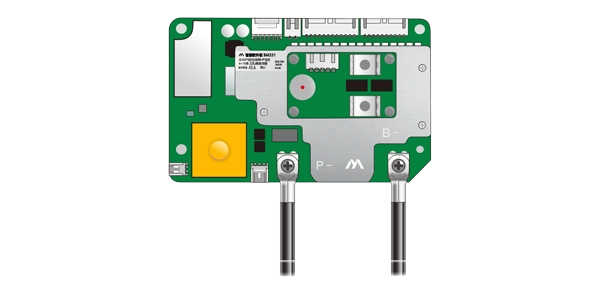As the photovoltaic industry continues to move towards high-efficiency, intelligent and low-carbon development, the technological iteration of solar panels is becoming more and more frequent. As two advanced photovoltaic module products that have attracted much attention in the industry, Jinko Tiger Pro and Jinko Tiger Neo represent different development directions of the new generation of modules in terms of efficiency, materials, technology and application scenarios. For users who are considering purchasing or deploying photovoltaic projects, a deep understanding of the difference between the two will help make more accurate decisions.
This article will systematically compare the differences between Jinko Tiger Pro and Jinko Tiger Neo in terms of cell technology, module conversion efficiency, power output, temperature coefficient, bifaciality, applicable scenarios and return on investment, so as to help users make a comprehensive evaluation from the perspective of practical application and long-term investment.
1. Cell technology: the fundamental difference between P-type and N-type
Jinko Tiger Pro is a representative work of P-type cell modules, mainly using P-type PERC technology. PERC, namely passivated emitter and back contact technology, is a relatively mature high-efficiency cell solution on the market. This technology improves the conversion efficiency by adding a reflective layer on the back of the cell to increase the photon reuse rate.
Jinko Tiger Neo is a typical representative of N-type TOPCon cell technology. TOPCon, or tunneling oxide passivation contact technology, is an important evolution of the N-type crystalline silicon route. Compared with P-type cells, N-type TOPCon technology has higher carrier lifetime, lower attenuation rate and better temperature performance, representing the trend of photovoltaic modules moving towards higher efficiency.
Therefore, from the perspective of cell technology, Jinko Tiger Pro emphasizes maturity and cost control, while Jinko Tiger Neo represents cutting-edge and performance improvement.
2. Module conversion efficiency: Technology determines efficiency ceiling
Due to the use of different cell technologies, there is a significant gap in conversion efficiency between the two.
The module efficiency of Jinko Tiger Pro is generally around 21%, which is already a high level in P-type modules. Jinko Tiger Neo, relying on the high performance of N-type TOPCon cells, has a module efficiency of more than 22%, and some versions can even be close to 23%. Although the gap is only 1% on the surface, in large-scale power station projects, this efficiency improvement will translate into higher power generation per unit area and lower system BOS cost (system balance cost).
In addition, N-type modules perform better under weak light conditions and can maintain stable output in marginal periods such as early morning, cloudy days, and dusk, further expanding the average annual power generation advantage.

3. Power output: Similar layouts but different peak power
In terms of layout design, Jinko Tiger Pro and Jinko Tiger Neo both use a combination of multi-busbar (MBB) and large-size silicon wafers (182mm). The size and appearance of the modules are similar, which is convenient for replacement or mixed deployment in projects. However, since N-type cells can release more power per square centimeter, the power of a single module of Tiger Neo is usually 20-30 watts higher than that of Tiger Pro.
For example, for the same size 72 layout, the power range of Tiger Pro is roughly 530-550W, while Tiger Neo can achieve more than 560W. This power difference will bring higher power generation capacity per unit watt, forming an advantage in project revenue and investment recovery period.
4. Temperature coefficient: N-type modules perform better
The temperature coefficient is an important indicator to measure the degree of performance degradation of modules in high-temperature environments. Jinko Tiger Pro uses P-type PERC cells, so its temperature coefficient is about -0.35%/℃; while Jinko Tiger Neo can be optimized to -0.30%/℃ or lower.
This means that under the same high temperature environment, Tiger Neo's power generation attenuation is smaller, especially suitable for areas with strong radiation and high ambient temperature such as deserts and plateaus, and can maintain a stable and efficient operation state.
5. Bifaciality and power generation gain: Neo has more potential
Bifacial components have become the mainstream configuration of modern ground power stations, and both Tiger Pro and Tiger Neo have bifacial power generation capabilities. Although both support back-side power generation, the bifaciality is significantly different due to different cell structures.
Tiger Pro's back-side power generation capacity is roughly between 70% and 75%, while Tiger Neo's bifaciality can reach more than 80% due to the use of N-type TOPCon technology. Under reasonable ground reflection environments (such as white gravel, concrete, snow, etc.), the back-side power generation gain of N-type components is more considerable, which is conducive to further improving the system's power generation.
6. Attenuation performance and life guarantee
PV modules will inevitably experience performance attenuation during use. The attenuation of P-type modules is generally 2%-2.5% in the first year, and about 0.45% per year thereafter; while N-type modules have lower initial attenuation (usually less than 1%) and lower annual attenuation rate, generally controlled within 0.4%.
This means that Tiger Neo loses less power generation capacity in its 25-year life cycle and can maintain a longer-term and stable investment return performance. Especially for photovoltaic power station projects with long-term returns, the life cycle value of N-type products is higher.
7. Differences in applicable scenarios: project type determines the choice tendency
Tiger Pro is suitable for large-scale ground power station projects that pursue fast initial investment returns and wide-scale deployment due to its proper cost control and stable performance. It is suitable for the era of grid-parity after the reduction of fiscal subsidies, and can control the overall system cost on the basis of ensuring reliability.
Tiger Neo is more suitable for application scenarios with higher requirements for power generation efficiency and unit land utilization rate, such as distributed rooftops, industrial and commercial projects, power stations in high-temperature areas, or cutting-edge projects that aim to optimize LCOE (cost per kilowatt-hour). In addition, due to its obvious temperature adaptability and attenuation advantages, it performs particularly well in harsh environments or projects with longer planned operating cycles.
8. System integration and compatibility considerations
From the perspective of system integration, the two are basically compatible in terms of component size and installation structure, which facilitates rapid docking by photovoltaic installers. However, due to the higher output power of Tiger Neo, more detailed system design may be required in terms of inverter matching, junction box current capacity, cable specifications, etc. to ensure that the entire system operates efficiently within a safe range.
At the same time, for projects using tracking bracket systems, Tiger Neo with higher efficiency and lower temperature coefficient can form a synergistic effect with the intelligent tracking system to achieve maximum power generation around the clock.
9. Price and return on investment analysis
P-type components still have an advantage in cost control at present, so the initial purchase cost of Tiger Pro is low, which is suitable for investors to control CAPEX (capital expenditure). Although Tiger Neo has a relatively higher price per watt, it can achieve lower LCOE throughout the life cycle of the project through higher power generation efficiency, lower attenuation rate and longer life.
For investors, how to find a balance between CAPEX and LCOE is the key to choosing Tiger Pro or Tiger Neo. If short-term returns are prioritized, Tiger Pro can be chosen; if long-term value and system optimal efficiency are pursued, Tiger Neo is more attractive.
In the long run, N-type technology represents the mainstream development of solar panels in the future, and Tiger Neo has demonstrated higher technical potential and commercial value. However, P-type modules still have a broad market base and mature industrial chain support at present.
When choosing, users should make a comprehensive assessment based on actual project conditions, investment return expectations, regional climate environment, and system integration capabilities. Faced with increasingly fierce competition and technological iterations in the industry, choosing a component that is highly consistent with the project goals will be the key to ensuring the successful deployment and operation of the photovoltaic system.
As a professional photovoltaic module supplier, we not only provide a full range of product support, but also tailor-make recommendations based on the specific project conditions of customers, helping customers maximize power generation efficiency and optimize investment returns in diversified application scenarios around the world. Whether you are concerned about initial cost control or pursuing long-term stable power generation, we can provide you with reliable guarantees and professional services.
www.janewenergy.com
JA TECH Co.,ltd.


More Stories
The Complete Guide to Home Battery Systems: How They Work, Benefits, and Installation
Solar Battery Energy Storage System for Commercial and Industrial Applications
Welding Positioner Slew Drive: Precision and Reliability in Action